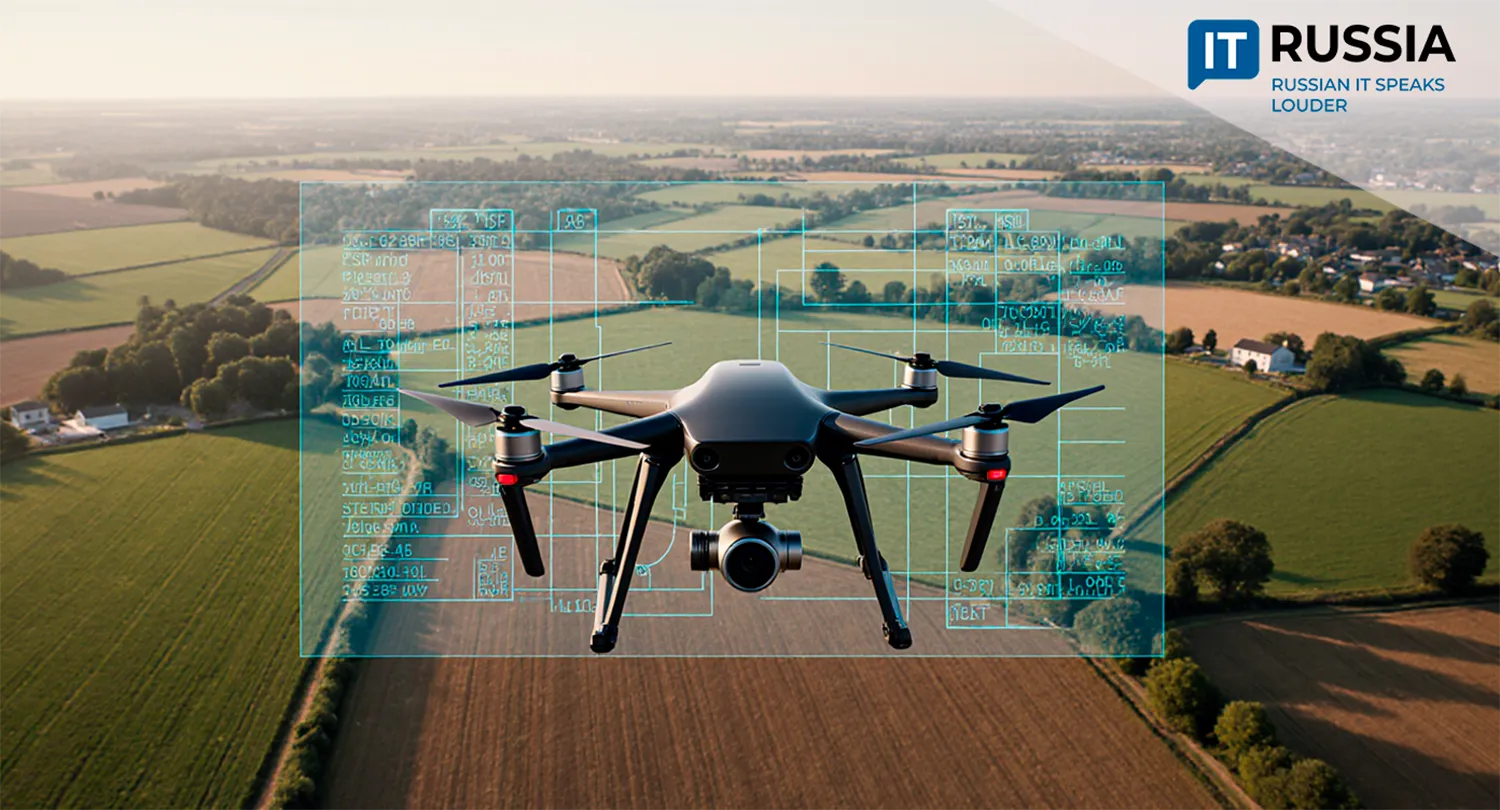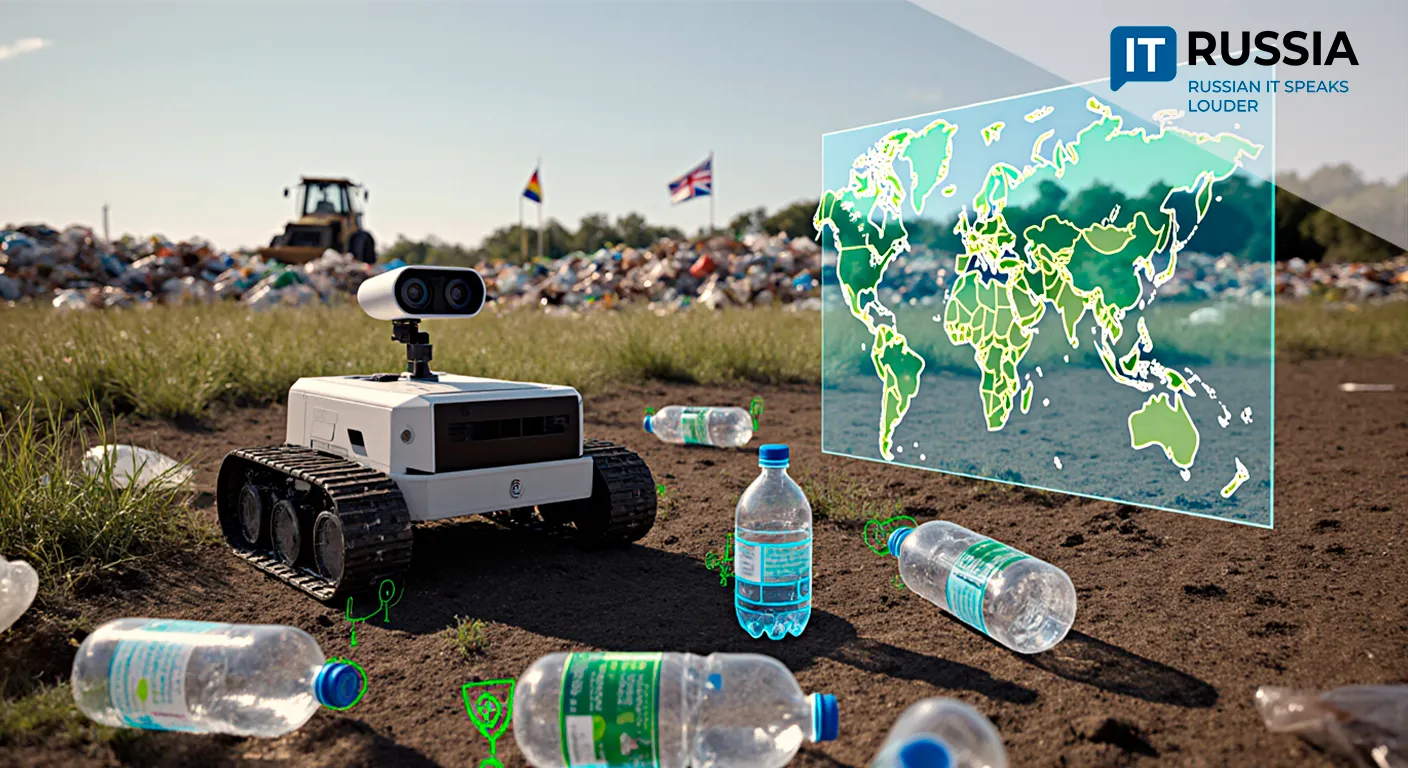Russian Public Services to Focus on 'Life Situations'

Russia’s public services system is shifting from individual procedures to a “life situation” approach, grouping services according to residents’ needs. Quality control will be handled by designated curators.
From Individual Services to Comprehensive Packages
The Russian government has initiated a transformation of the public services sector. The system will now consolidate individual services into 'life situation' packages tailored to citizens’ real needs. Quality control will be strengthened, with a personal curator assigned to each of the 725 federal services.
Currently, the system already offers 35 federal and 180 regional 'life situations.' Examples of federal ones include 'Assistance to Large Families,' 'Construction of an Individual House,' 'Relocation to Another Region,' 'University Enrollment,' 'Retirement Pension Processing,' 'Emergency Assistance,' as well as 'Hunting Trips' and 'Participation in Sports Competitions.' In regional lists, such as in the Sverdlovsk Region, residents can apply for home care for a disabled family member or enroll a child in kindergarten.
As of today, 90% of socially significant services are available online, with plans to reach 99% by 2030. To accelerate this process, Russian regions will receive standardized solutions provided by the Coordination Center under the Russian Government and the Ministry of Economic Development.

Overall, this marks a qualitative leap in e-governance—enhancing transparency and service quality. This case could serve as a model for other countries.
Anticipating New Solutions
In Russia, the reform will help standardize citizen services at all levels—from federal to regional. This will improve digital infrastructure, boost customer orientation, and simplify the scaling of new services.

Such digital transformation will enable the creation of platform solutions that could later be adapted by other countries. As a result, Russian expertise and technologies in this field could be successfully integrated into global e-governance practices.
Step-by-Step Digitalization
The digitalization of public services had already become evident by the early 2020s, when many areas had moved online. Several years earlier, the 'Gosuslugi' platform had been launched, gradually integrating regional services. Standards for online operations were developed, and quality control mechanisms for online services were strengthened. The national 'Digital Economy' project was also launched, with one of its key areas being 'Digital Public Administration.'
Now, the sector is undergoing systematization and moving to the next level of service quality.

Maturity of the Digital Sphere
The new initiative proposed by the federal government demonstrates the maturity of Russia’s digital projects. The sector is now evolving toward systematically meeting citizens’ needs. Alongside greater public satisfaction with services, trust in state digital platforms will grow.
The number of 'life situations' will continue to expand, integration with commercial and municipal services will increase, and service quality will be assessed partly through citizen feedback.
In the future, international cooperation in this area—including technology exports—is also possible.










































